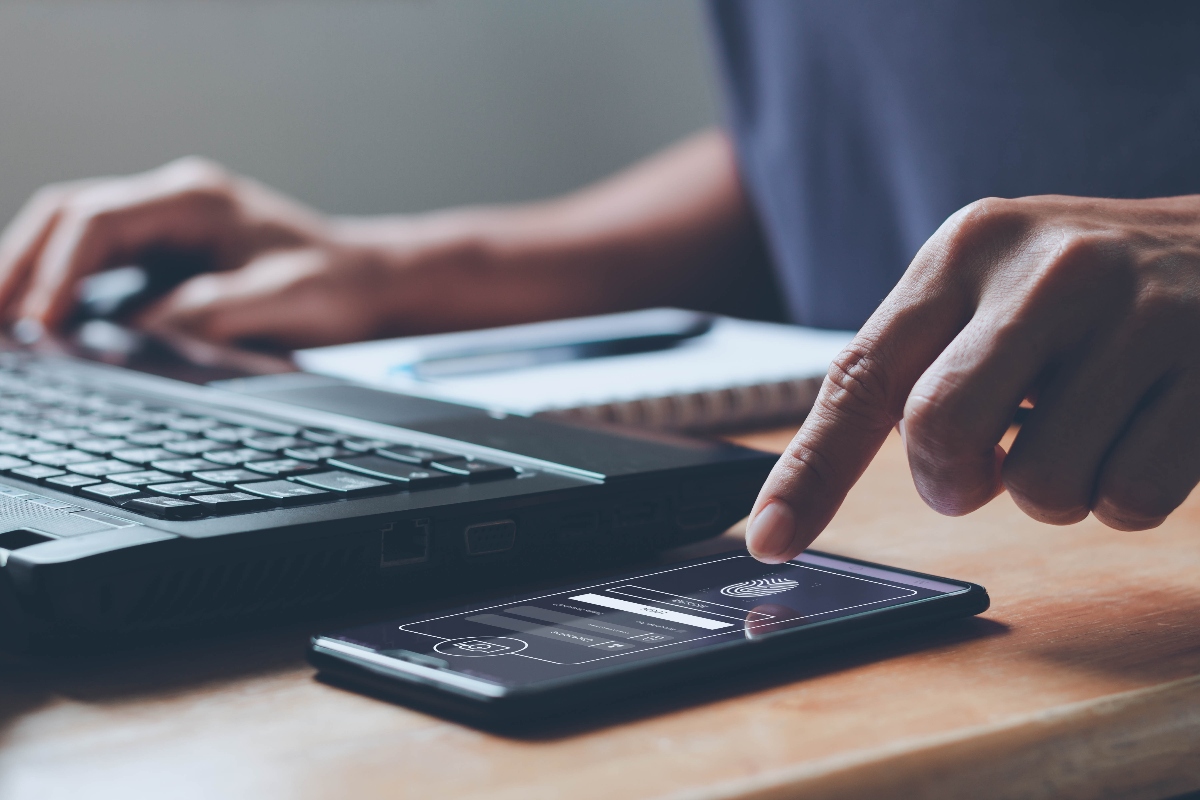Technology has developed alongside the desire for convenience. Contactless payments, biometric verification and online shopping are but a few examples of modern technological trailblazers built upon convenience. Paperless technology is also here to stay thanks to a number of benefits, which is particularly the case in document signing and witnessing.
Remote document witnessing presents a transition from restrictive traditional processes to a convenient, cost effective and mutually beneficial digital alternative. In this article, we dive into the history that paved the way for electronic witnessing, its process and why it is the future of legal document witnessing.
The rise of remote document witnessing
Remote document witnessing describes the electronic medium, format or platform used by a witness to affirm that they were present when a legal document was signed. It can range from a secure email system, electronic interface or fully featured e-signature platform. But regardless of format, remote document witnessing eliminates the requirement for physical meetings between legal teams, signatories and witnesses that traditional processes require.
With the unprecedented advance of technology across industries, it was inevitable that eventually it would reach the legal documentation process. This is proven by the gradual recognition and adoption of electronic signatures from the initial 2000 ESign Act to the EU’s (eIDAS) Regulation.
However, a number of documents that incorporated electronic signatures still required a physical witness. Not only does this undermine the remote benefits of e-signatures, but recent Covid-19 related complications made this especially difficult for a number of reasons. Many witnesses simply couldn’t be physically present for the signing, which is where electronic witnessing of documents became a necessity.
The three-step process of witnessing documents remotely
Step 1: Verification and authorisation of identity
The initial stages of remote document witnessing are reminiscent of electronic signatures. When users initially enter the interface, they will need to prove their identity and be verified by the platform. This could be a passport or other form of identification that proves their identity.
Step 2: Electronic signature process
Following comprehensive identity verification, the signatory(s) then proceed to complete the document signing process. It is critical that this step is securely authenticated and unified with the verification and authorisation of the signatory(s). This ensures that the documents presented are signed by the verified persons present. Further, the process should evidence that the documents presented to the signatory(s) are fully legible and they are able to read the contents before e-signing. This demonstrates that the e-signature was intentional, beyond doubt and irrefutably audited.
Step 3: Authentication and confirmation by witness
Finally, there is an additional authentication process to confirm that a witness has observed the signatory sign the document. The witness will then attest and confirm that they have witnessed the signing of the document.
Why electronic witnessing is here to stay
- Simple and comprehensive - The remote witnessing process is a straightforward step by step process. Many examples also offer tracking for users to monitor the progress of the document, reinforcing its place as a comprehensive audited solution.
- Faster than the traditional process - The digital nature of remote witnessing makes every stage of signing faster than the physical counterpart.
- Remote and electronic - As its name suggests, remote witnessing eliminates the need for physical meetings and the sending of physical documents.
The benefits to users, businesses and legal representatives
- Convenient, effective and cost efficient - The above features make remote witnessing an optimised alternative for businesses and users alike. It has reduced cost, takes less time and is overall more efficient than traditional methods.
- Less waste and reliance - The loss of physical documentation eliminates a significant amount of paper waste. Moreover, it also removes the reliance on postal services that can be slow and unreliable.
- Greatly reduced risk and chance of error - As it is digital, remote document witnessing has many safeguards to ensure that everything is present and correct, which is always a risk with physical documentation and human error.
Utilise a seamless remote document witnessing process with Bonafidee
Remote document witnessing is the next technological step in modern legal document signing. Not only does it rid the need of physical meetings that consume valuable time, but brings a convenient, cost effective and efficient process for all parties involved.
Bonafidee’s electronic witnessing solution ensures an irrefutable process – identity verification is a prerequisite to every user journey. Our platform covers consent, verification, data capture, document presentation and attestation. Identity verification is core to the process, ensuring all participants are confident that legal documentation is compliant and fully evidencable.
Book a demo today to see our platform in action and discover how Bonafidee’s advanced e-witnessing solution enables irrefutable witnessing of electronic signatures.
%20(1).jpg)


